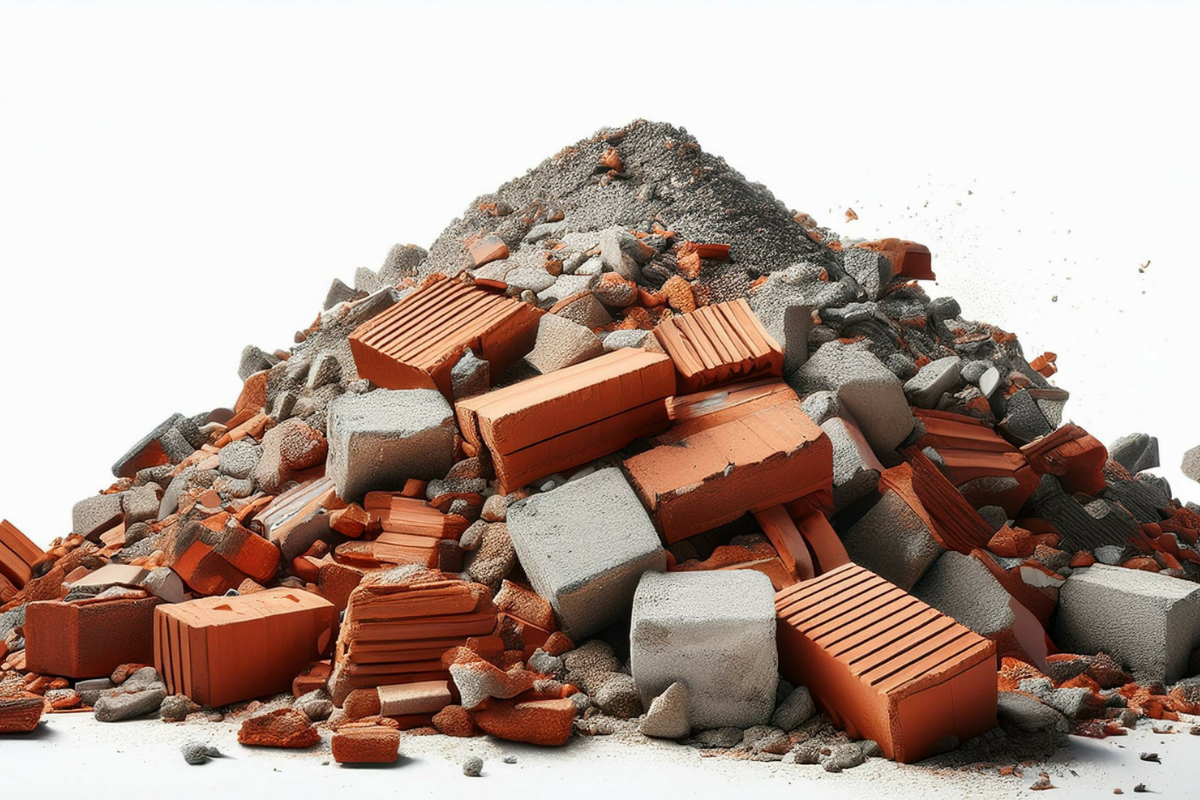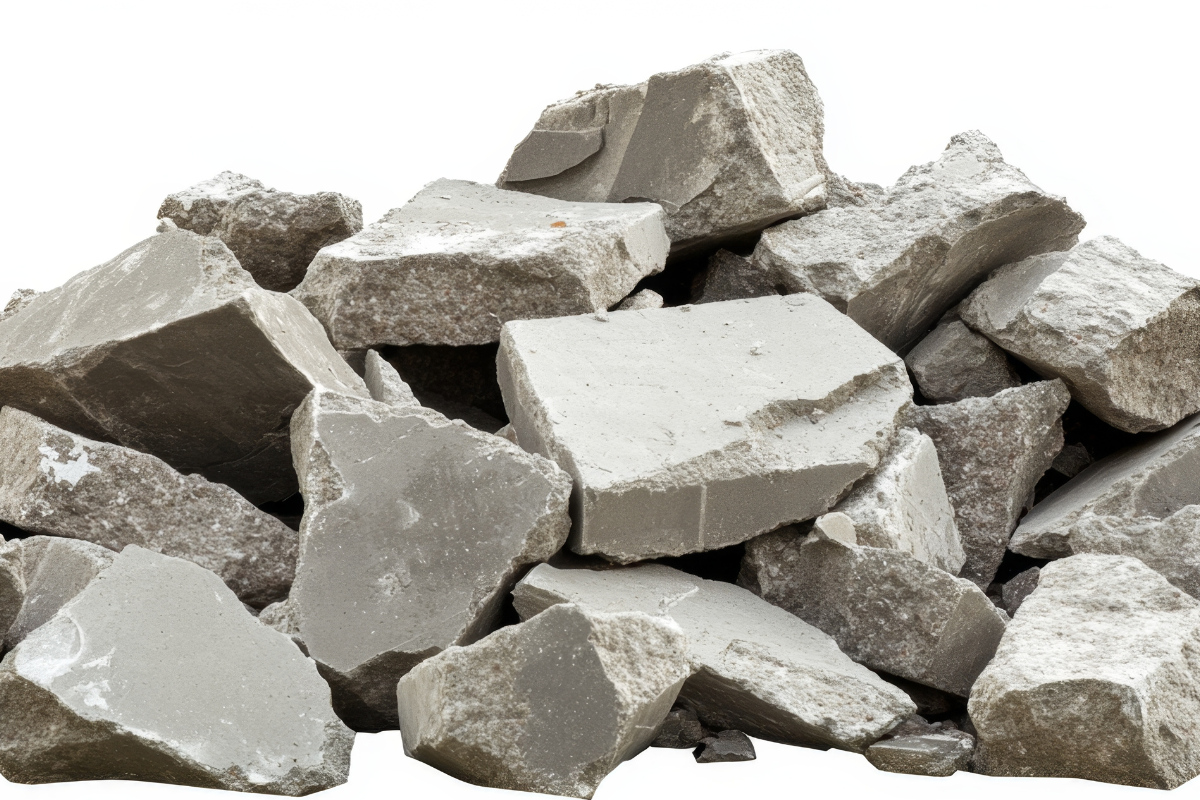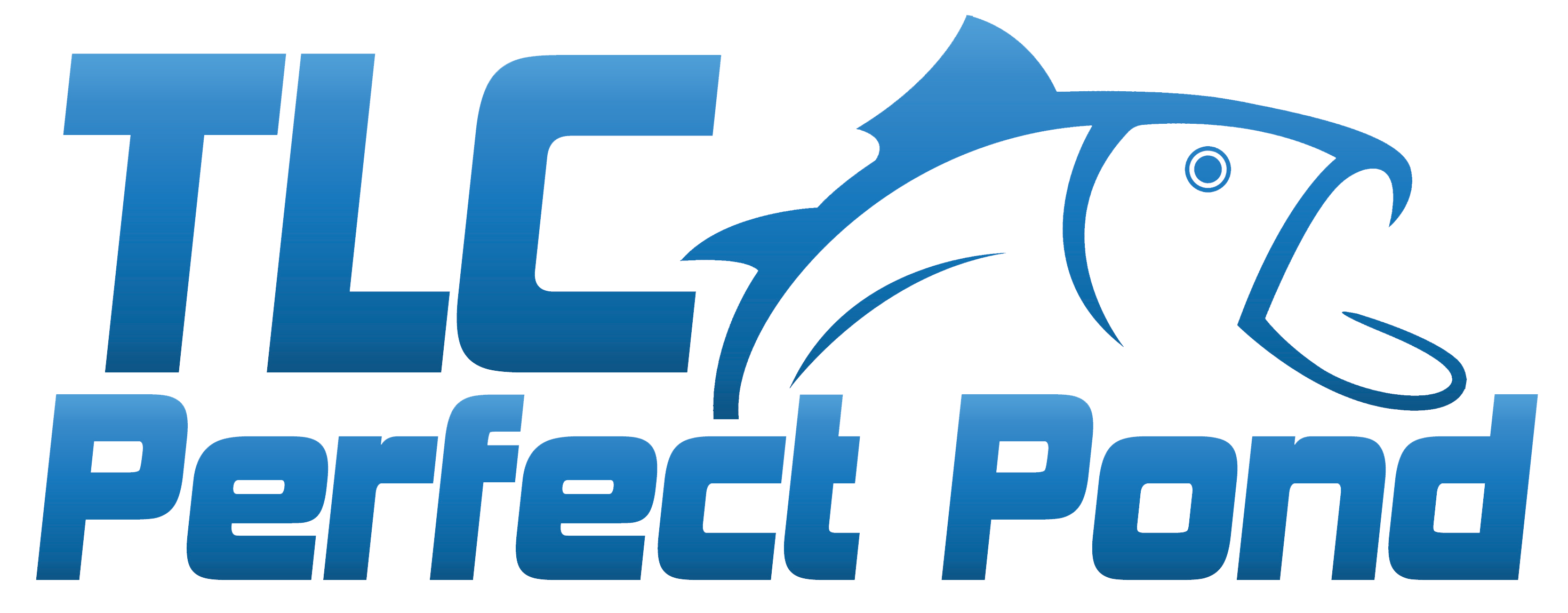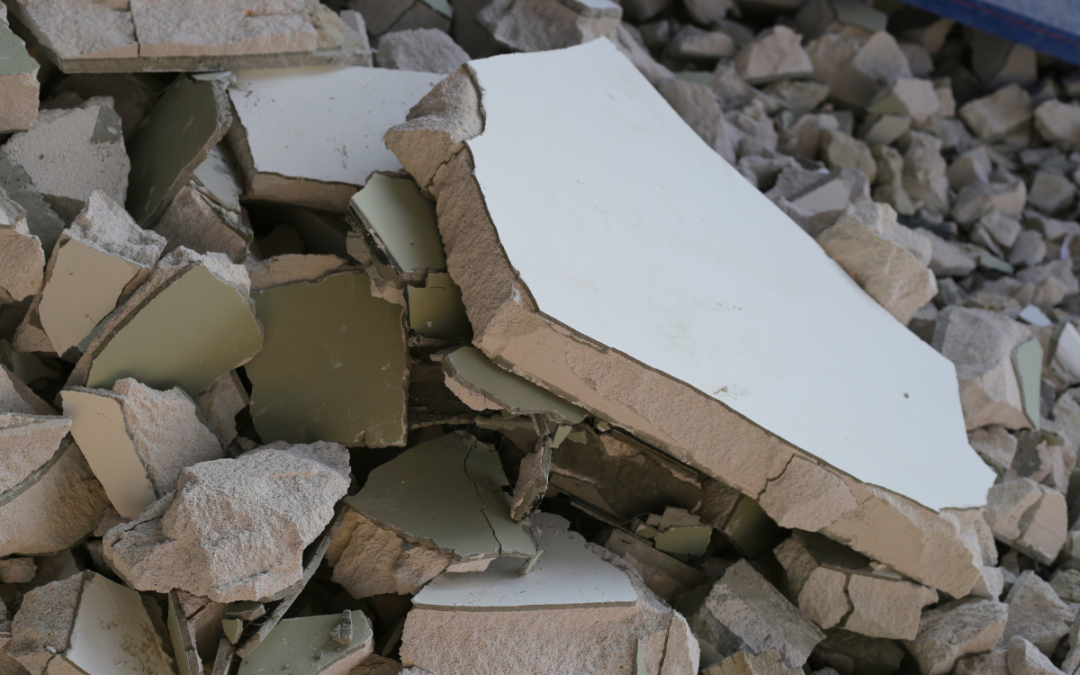Creating long-lasting fish habitat in your pond is essential for building a balanced ecosystem, improving sport fishing, and supporting forage species. While artificial habitat structures like fish pyramids offer excellent benefits, natural and man-made debris—including rocks, broken concrete, bricks, and other durable materials—can also play a key role in enhancing your pond’s underwater environment.
When used correctly, these materials provide structure that benefits multiple species of fish at different stages of life. But to get the most out of your efforts, it’s important to choose the right types of debris, understand the benefits they offer, and follow best practices for placement.
Why Bottom Structure Matters for Fish Habitat
Fish are drawn to structure because it offers shelter, feeding opportunities, and breeding grounds. In a natural lake or river system, structure is often provided by submerged trees, rocky outcrops, or man-made cover like bridge pilings. In a pond, especially one created without much bottom contour or natural material, adding structure is often essential to give fish places to live and thrive.
By adding hard debris like rocks and concrete to the pond bottom, you’re creating long-lasting habitat that won’t rot, break down, or float away over time. These materials offer surfaces for algae and aquatic invertebrates to grow on—providing food for forage fish—and create crevices and shaded areas where small fish can escape predation.

What Types of Debris Can Be Used for Pond Habitat?
Not all materials are safe or effective for pond use. You’ll want to choose debris that isinert, non-toxic, and heavy enough to stay in place.
Here are some commonly used materials that work well:
- Rocks and boulders: Natural stone is ideal. A mix of small, medium, and large rocks creates varied habitat for different species and sizes of fish.
- Broken concrete: Leftover pieces from construction or demolition (as long as they don’t contain rebar, paint, or chemical residues) make great long-term cover.
- Concrete blocks and bricks: These offer vertical and horizontal crevices that appeal to forage fish and can also function as nest sites.
- Clean ceramic or clay tile: While less common, these can be used to supplement other debris piles or act as hiding places for juvenile fish.
- Cinder blocks: Useful due to their hollow design, allowing small fish to hide inside.
Avoid using materials that may leach harmful substances into the water, such as treated wood, painted surfaces, plastics, or metal scrap.
The Right Way to Place Debris: Line It Out, Don’t Pile It Up
It’s a common mistake to dump all your debris into one big pile and call it a day. While that will certainly attract some fish, it’s far more effective to scatter debris in linear or clustered arrangement that mimic natural underwater structure.
Why Lines Work Better Than Piles
- Better Use of Space: A linear arrangement covers more surface area of the pond bottom, allowing more fish to access the habitat at once.
- Improved Fish Movement: Lines of structure allow fish to move along them easily, using them as “highways” between shallow and deep areas.
- Supports the Food Chain: A spread-out arrangement allows algae and invertebrates to colonize a broader area, feeding more forage species and supporting predator fish like bass.
- Less Crowding, Less Stress: Spreading out the habitat zones helps distribute fish populations more evenly around the pond, reducing competition and territorial stress.
How to Create an Effective Habitat Line
- Choose a location: Place your debris line along a depth transition, like a drop-off or pond shelf, where fish naturally congregate. Start around 3 to 5 feet deep and extend down toward deeper water.
- Create a corridor: Lay out the debris in a winding or gently curving line 20 to 50 feet long. Leave small gaps between pieces to allow fish to move through and around.
- Mix Sizes and Materials: Combine large boulders with smaller rocks or concrete chunks to provide a variety of cover types for different species.
- Build in spacing: Space your debris clusters every few feet to mimic a natural rock line rather than one continuous wall.
If your pond has limited bottom contour, these linear arrangements can be especially valuable in creating artificial depth transitions or ambush points for predator fish.

Benefits of Rock and Debris Habitat in Ponds
Adding rock and concrete debris provides several long-term advantages for pond owners:
-
Improves spawning areas for species like bluegill and sunfish that prefer gravel or firm bottoms for nesting.
-
Enhances predator-prey dynamics by giving forage fish safe zones and creating ambush points for bass.
-
Promotes algae and biofilm growth, which in turn feeds zooplankton and aquatic insects—crucial elements of the pond food chain.
-
Provides shade and temperature refuge on the pond bottom, helping fish stay cool in the summer months.
-
Lasts for decades with little to no maintenance required.
Unlike submerged brush piles or wooden pallets, which degrade over time, hard debris structures offer permanent habitat that continues to function year after year.
Maintenance and Safety Considerations
Once placed, these materials typically require no upkeep. However, make sure they are securely placed on the pond bottom to prevent shifting or rolling, especially on sloped terrain. Avoid creating sharp edges or hazards in areas where people may swim or wade. And if you’re working with a significant quantity of concrete or rock, consider consulting a pond management professional to ensure the layout benefits your specific pond shape, depth, and fish population.
Creating fish habitat with rock and concrete debris is a cost-effective, sustainable way to improve the productivity and biodiversity of your pond. Whether you’re managing for trophy bass or just want better fishing with the family, well-placed bottom structure is a smart investment that pays off season after season.
Let Us Help with Your Pond!
Looking for help designing a custom habitat plan? Our team offers full-service pond assessments and can help you implement debris lines, artificial structure, and more to build a healthier fishery from the bottom up. Just complete this form and we’ll contact you to schedule a time to meet.

